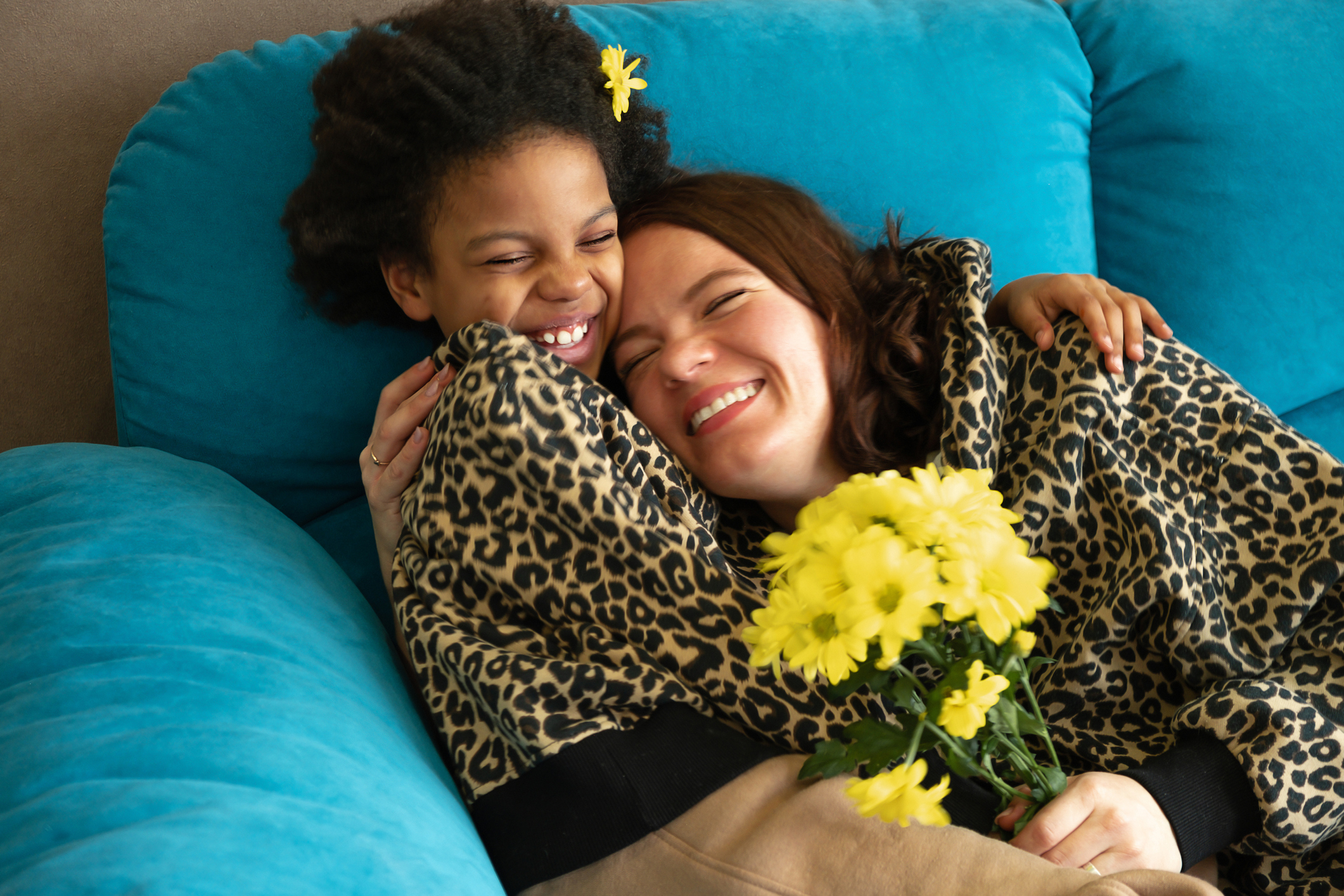Cultural

What Does TV Teach Us about Transracial Adoption?
As Netflix welcomes NBC’s beloved series “This Is Us” to its platform, the spotlight shines on Randall, the adopted Black son of a white couple that is at the heart of the show. For many viewers, encountering Randall’s story may be their only glimpse into the complexities and realities of transracial adoption.
While Hollywood has embraced transracial adoption narratives in films like “The Blind Side” and “Lion” and shows like “Jessie” and “Modern Family,” a crucial gap remains. “Little is known about the ability of such portrayals to shape perceptions of transracial adoption,” write University of Florida College of Journalism and Communications doctoral candidate Chelsea Moss and Journalism Associate Professor Frank Waddell.
Driven by this knowledge gap, the researchers embarked on a study to understand how viewers engage with these media portrayals and the lasting impressions they leave behind. Through the lens of social cognitive theory, which posits that people learn through observing and imitating others, they explored how media portrayals can influence viewers’ thoughts, feelings and behaviors towards transracial adoption.
The researchers showed clips from three series — “This Is Us,” “Little Fires Everywhere” and “Instant Family” — to 20 transracially adoptive and 16 non-transracially adoptive families. Notably, all participating transracial parents were white with primarily Black adopted children, while non-transracial families had biological and/or adopted children of the same race.
The study’s findings offer valuable insights:
- Perceived realism matters: The researchers found that realism judgements were complex and intricate, and viewers could deem something realistic even if they themselves had not experienced it. This underscores the impact of media in shaping our understanding of transracial adoption, highlighting the need for responsible and nuanced portrayals.
- Identification plays a role: Transracial adoptive parents who connected with the characters in the clips perceived the portrayals as more realistic and reported fewer negative learning outcomes for themselves. This underscores the influence of shared experiences on media interpretation, suggesting that relatable portrayals can resonate more deeply with specific audiences.
- The third-person effect: Transracial adoptive parents were more likely to identify negative learning outcomes for non-adoptive viewers. This aligns with the phenomenon where we tend to overestimate the impact of media on others while underestimating its influence on ourselves.
The research paves the way for further exploration of the intricate interplay between media representations, audience perceptions and real-world implications. The voices of adoptees and birth parents are often unheard yet vital to the transracial adoption dialogue. Future research should prioritize understanding their perspectives on how these individuals are portrayed in media, ensuring a more holistic and nuanced understanding of this complex topic.
The original paper, “Is This Us? Perceived Realism and Learning Outcomes of Entertainment Media Portrayals of Transracial Adoption,” was published in Communications Studies on October 6, 2023.
Authors: Chelsea E. Moss and T. Franklin Waddell.
This summary was written by Gigi Marino.
Posted: January 30, 2024
Tagged as: Chelsea Moss, Frank Waddell, Transracial adoptions


